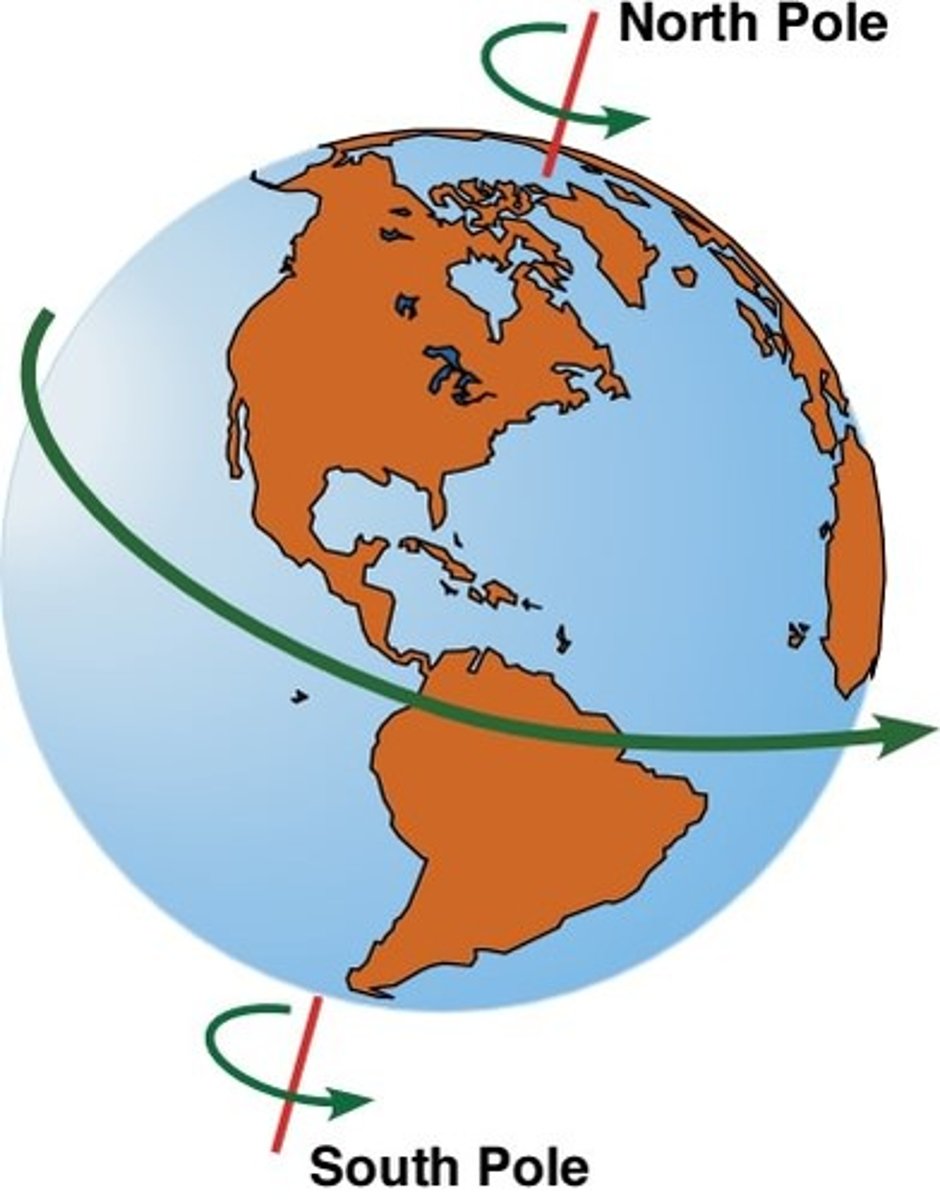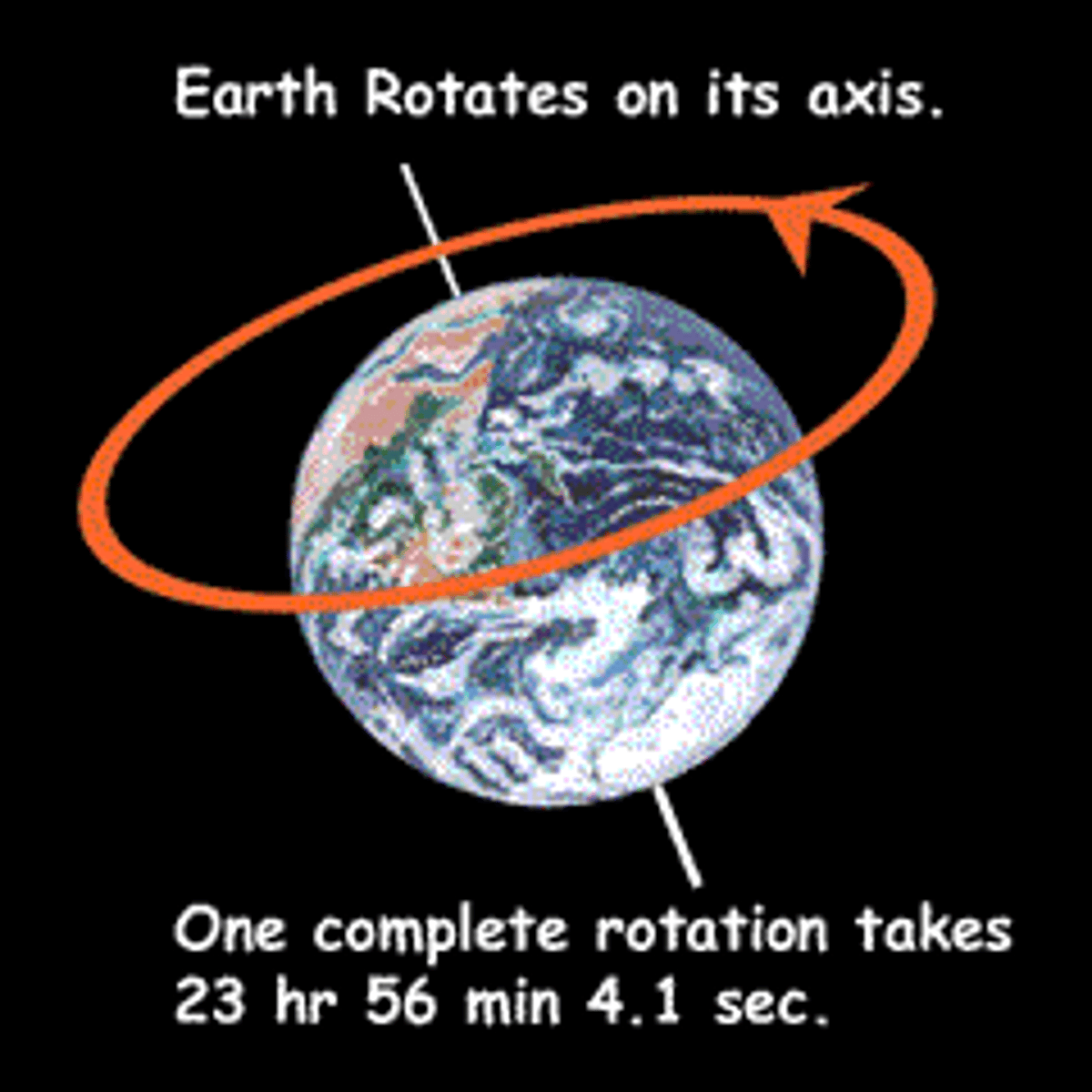Grade 5 Science Vocab
1/57
There's no tags or description
Looks like no tags are added yet.
Name | Mastery | Learn | Test | Matching | Spaced |
|---|
No study sessions yet.
58 Terms
Rotation
Turning around an axis or center point. This causes day and night.

Orbit
The path an object follows as it moves around another object. The moon does this around the Earth. Earth does this around the sun.

Revolution
The movement of one object in an orbit around another object. Earth does this around the sun each year.

Axis
An imaginary line that passes through Earth's center and the North and South poles, about which Earth rotates

Sun
The star at the center of our solar system
Earth
3rd planet from the sun
Shadow
An area from which light is blocked.
phases of the moon
caused by how much of the sunlit side of the Moon faces Earth
gravity
A force that pulls objects toward each other
water cycle
the changes to water when it evaporates into the air, condenses into clouds, and then precipitates down to Earth
precipitation
Any form of water (rain, sleet, snow) that falls from clouds and reaches Earth's surface.
condensation
cooling of water vapor into visible water droplets, how clouds are formed
Evaporation
surface water changing from a liquid to a gas (water vapor)
Absorption
roots of plants and soil take in ground water
Runoff
water not absorbed by soil travels to the ocean, rivers and lakes
biosphere
part of Earth in which life exists including land, water, and air or atmosphere
watershed
an area of land that contains a common set of streams and rivers that all drain into a single larger body of water
Transpiration
Evaporation of water from the leaves of a plant
hydrosphere
All the water on earth
groundwater
water held underground in the soil or in pores and crevices in rock.
matter
Anything that has mass and takes up space
Solid
A form of matter that has a definite shape and volume
liquid
A state of matter that has no definite shape but has a definite volume.
Gas
A state of matter with no definite shape or volume
volume
How much space an object takes up
melting
The change in state from a solid to a liquid
Freezing
The change of state from a liquid to a solid
Evaporation
The change of a substance from a liquid to a gas
Condensation
The change of state from a gas to a liquid
Conserve
to keep safe from loss, waste, or destruction.
Conservation of matter
matter cannot be created or destroyed
definite
certain or exact
mixture
A combination of two or more substances that are not chemically combined
solution
A mixture that forms when one substance dissolves another.
chemical reaction
the process by which one or more substances change to produce one or more different substances
physical properties of matter
how matter is described according to characteristics that can be observed (ex: color, hardness, magnetism)
Magentism
The property of attraction to a magnet
electrical conductivity
How well a substance allows electricity to flow through it.
thermal conductivity
The ability of an object to transfer heat
Solubility
The ability to dissolve in another substance
Hardness
A measure of how easily a mineral can be scratched
mass
the amount of matter in an object
food chain
how energy flows from one organism to another
food web
how all food chains are connected in an ecosystem
producer
An organism that can make its own food.
consumer
An organism that gets energy by eating food (plants or other animals)
decomposer
An organism that breaks down dead organisms
energy
the ability to do work
Herbivore
A consumer that eats only plants.
Carnivore
A consumer that eats only animals.
Omnivore
An animal that eats both plants and animals
Photosynthesis
process by which plants use light energy to convert water and carbon dioxide into oxygen and sugar.
roots
Absorbs water and minerals from the ground. Anchors plant in ground.
stem
moves water and nutrients from the roots to the leaves, carries food from the leaves to all parts of the plant.
leaf
The major sites of photosynthesis in most plants.
carbon dioxide
a gas given off by humans, that plants need for photosynthesis
oxygen
by-product of photosynthesis (released into the air)
glucose
sugar produced by photosynthesis